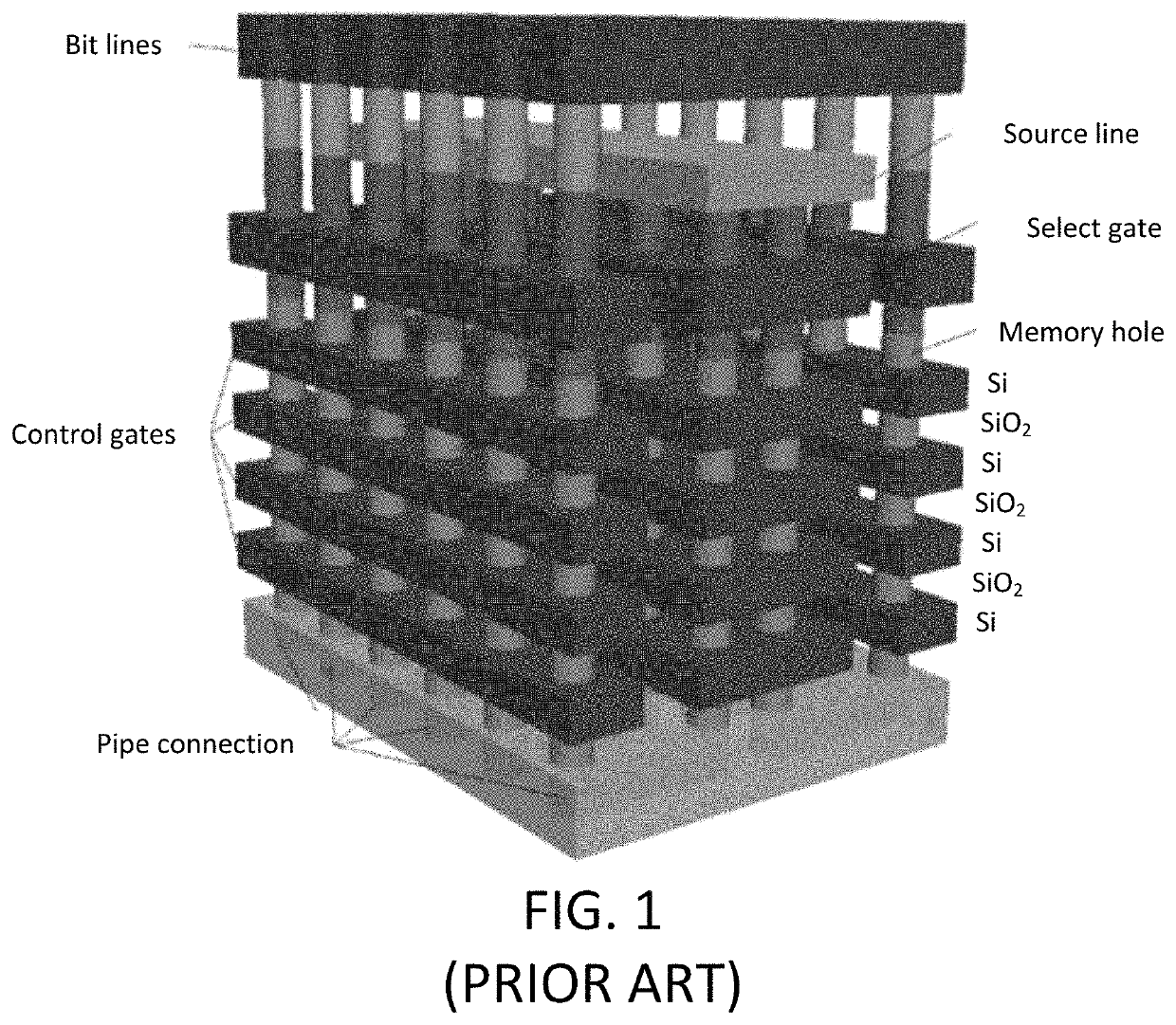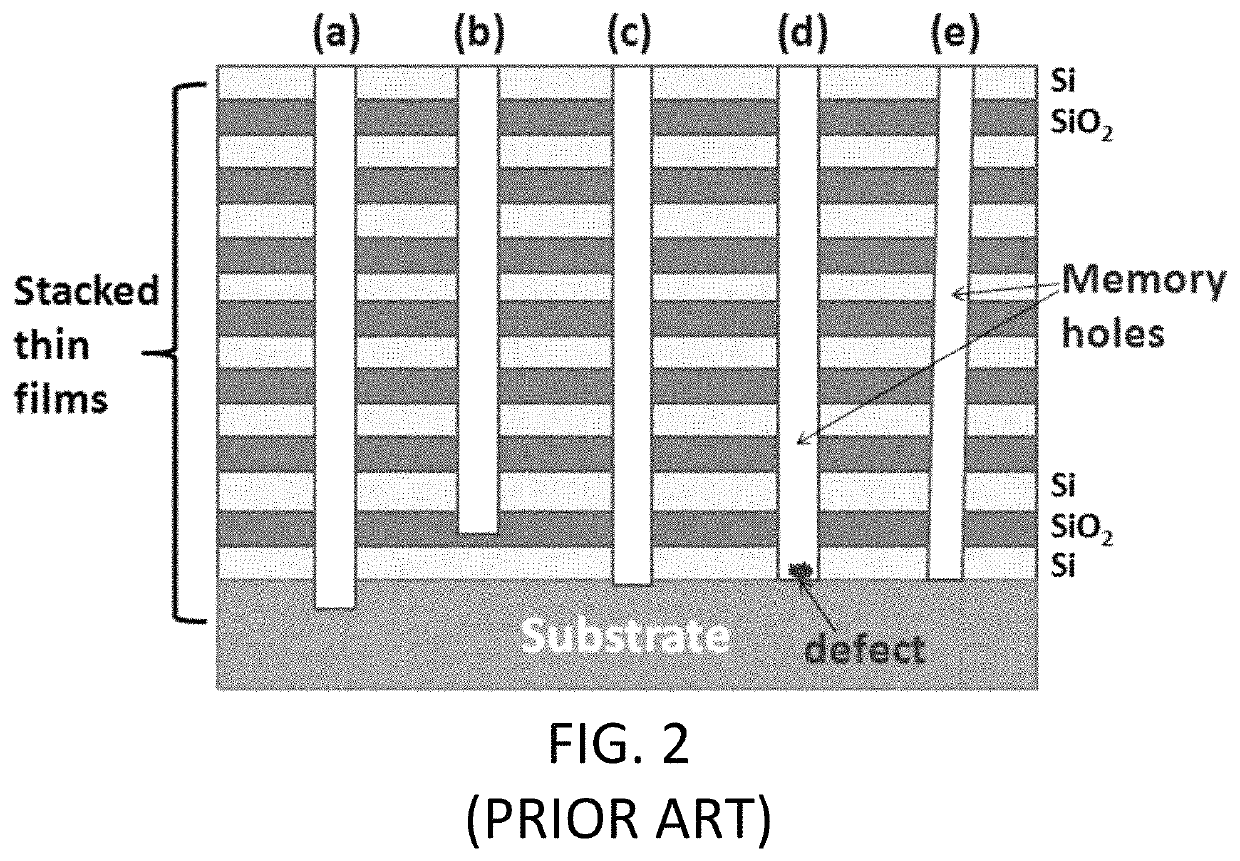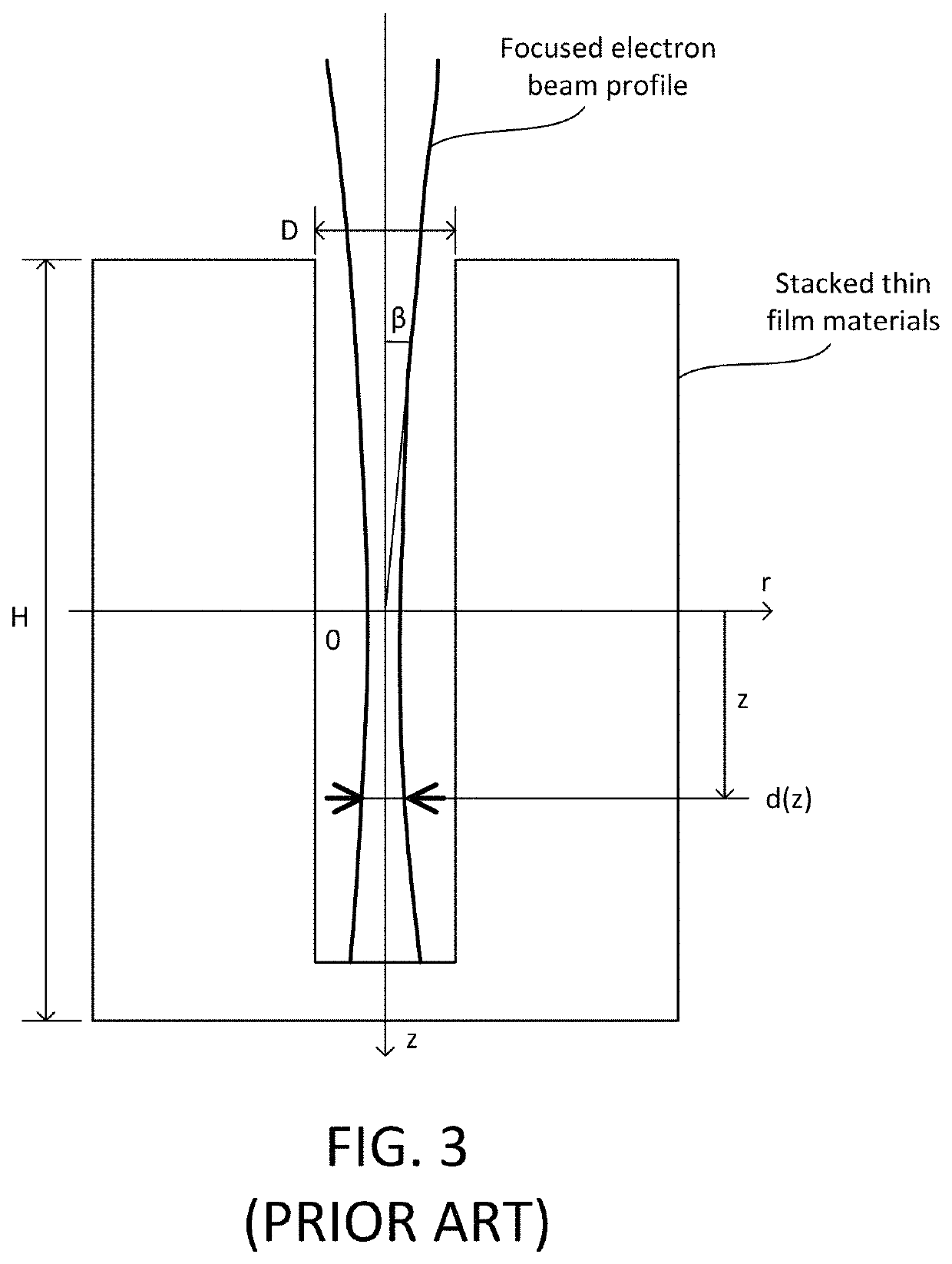Electron beam system for inspection and review of 3D devices
a technology of electromagnetic beams and 3d devices, applied in the direction of electrical discharge tubes, semiconductor/solid-state device testing/measurement, electrical apparatus, etc., can solve the problems of affecting the electrical parameters of the device, the operation of semiconductor manufacturing processes closer to the limitation of the performance capability of the process, and the need to detect defects of decreasing size, etc., to achieve the effect of low landing energy
- Summary
- Abstract
- Description
- Claims
- Application Information
AI Technical Summary
Problems solved by technology
Method used
Image
Examples
first embodiment
[0062]FIG. 6(a) shows an electron beam system 100. FIG. 6(b) shows the schematic of the optics of the embodiment of FIG. 6(a). A magnetic gun lens may be used in the electron beam system 100. This can reduce the gun lens aberrations, such that the blurs at the wafer side from the gun are negligibly dominant even though the optical magnification is increased for smaller NA or larger DOF. This also can enable focus / defocus of the high voltage electron beam to select a desired beam current.
[0063]The electron beam system 100 includes an electron beam source 101 that generates an electron beam 103. The electron beam 103 is directed at a wafer 110, which can be positioned on a platen. The electron beam source 101 can include a tip with a radius less than 1 μm, such as from approximately 0.3 μm to less than 1.0 μm. The electron beam source 101 also can include an extractor 115, anode 116, gun magnetic lens coil 117, and gun magnetic lens pole pieces 118. These components can be part of the...
second embodiment
[0081]FIG. 8 is a system for BSE detection. The annular detector 109 for detecting BSEs around the optical axis may be at least partly inside the upper Wehnelt electrode 107. In an instance, a surface of the annular detector 109 can be exposed to BSEs. In another instance, the annular detector 109 is totally inside the upper Wehnelt electrode 107 without exposure to the BSEs, which still allows BSE collection.
[0082]The upper Wehnelt electrode 107 may either be floated or grounded. The lower Wehnelt electrode 108 can be used to charge the wafer for a required extracting field. With the same conditions as those for FIGS. 7(a) and 7(b), the simulations for ray-tracing the BSEs from the bottom of a 3D NAND memory hole show high collection efficiency. Thus, the BSEs with the polar angles from approximately 10 to 60 degrees may be detected. Because of the characteristics of the BSE angular distributions, most of the total emitted BSEs have been included in the angles of from approximately...
third embodiment
[0083]FIG. 9 is an electron beam splitting optics with three magnetic deflectors. In the embodiment of FIG. 9, the deflector 106 is a magnetic deflector (MD-3). For only collecting and using the high energy BSEs to inspect high AR devices like 3D NAND memories, an optical design like a conventional Wien filter for splitting the BSEs from the PEs (primary electrons) is not required.
[0084]The system also includes an upper magnetic deflector 121 (MD-1) and a middle magnetic deflector 122 (MD-2) disposed in the path of the electron beam 103 between the deflector 106 and the magnetic condenser lens 105. The upper magnetic deflector 121 is disposed in the path of the electron beam 103 between the deflector 106 and the magnetic condenser lens 105. The middle magnetic deflector 122 is disposed in the path of the electron beam 103 between the upper magnetic deflector 121 and the magnetic deflector 106.
[0085]The upper magnetic deflector 121 can be configured to deflect the electron beam 103 t...
PUM
 Login to view more
Login to view more Abstract
Description
Claims
Application Information
 Login to view more
Login to view more - R&D Engineer
- R&D Manager
- IP Professional
- Industry Leading Data Capabilities
- Powerful AI technology
- Patent DNA Extraction
Browse by: Latest US Patents, China's latest patents, Technical Efficacy Thesaurus, Application Domain, Technology Topic.
© 2024 PatSnap. All rights reserved.Legal|Privacy policy|Modern Slavery Act Transparency Statement|Sitemap



